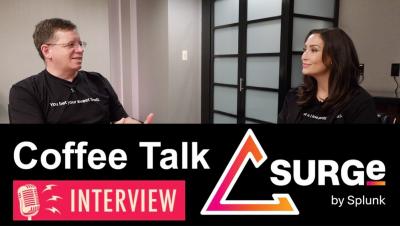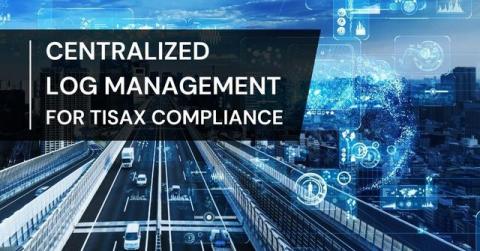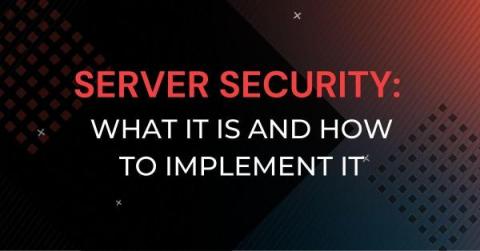Coffee Talk with SURGe: The Interview Series featuring Jake Williams
Join Audra Streetman and special guest Jake Williams (@MalwareJake) for a discussion about hiring in cybersecurity, interview advice, the challenges associated with vulnerability prioritization, Microsoft's Storm-0558 report, and Jake's take on the future of AI and LLMs in cybersecurity.











